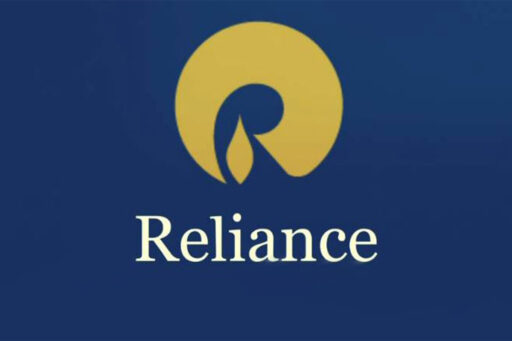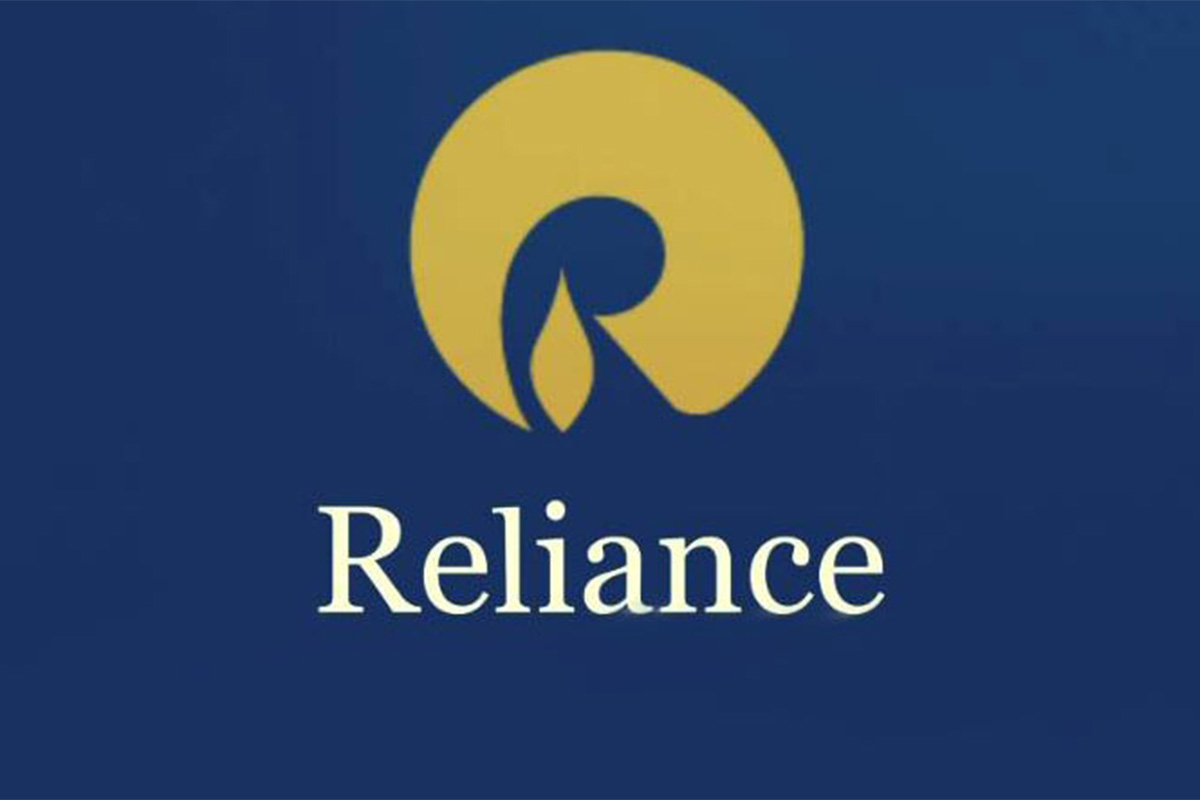Reliance Industries, one of India’s largest and most diversified conglomerates, has increasingly recognized sustainability as a critical component of its long-term strategy. The company, led by Mukesh Ambani, is a major player in industries such as petrochemicals, refining, retail, telecommunications, and energy. Reliance has been taking significant steps toward reducing its environmental impact, improving energy efficiency, and transitioning toward more sustainable business practices.
Reliance’s sustainability strategy aligns with both national and international environmental frameworks. The company’s commitment to net-zero emissions by 2035 and its focus on clean energy, renewable resources, and circular economy principles highlight its ambitions. Reliance also works toward sustainable sourcing and reducing its carbon footprint across its diverse business operations.
Sources:
https://www.ril.com/Responsibility/Sustainability.aspx
https://www.ril.com/Download/Sustainability_Report_2023.pdf
Sustainability Strategy and Goals
Reliance Industries’ sustainability strategy is built on integrating environmental, social, and governance (ESG) factors into its business operations. The company’s goals focus on reducing carbon emissions, promoting circular economy principles, and investing in clean and renewable energy sources. Reliance’s approach is guided by the belief that innovation, technology, and strategic partnerships are key to accelerating sustainability efforts.
Net Zero and Carbon Emissions
Reliance Industries is working towards becoming a net-zero carbon emissions company by 2035, with a roadmap that incorporates energy efficiency, renewable energy use, and carbon capture solutions.
- Net-Zero Emissions by 2035: Committed to achieving net-zero carbon emissions by 2035, covering Scope 1, 2, and 3 emissions.
- Carbon Footprint Reduction: Implementing technologies like carbon capture and storage (CCS) and low-carbon fuels to reduce emissions from its refineries and petrochemical operations.
- Renewable Energy Commitment: Plans to invest significantly in renewable energy, including solar, wind, and hydrogen energy, to replace fossil fuel-based energy.
Sources: https://www.ril.com/Responsibility/Sustainability.aspx
Renewable Energy and Clean Power
Reliance is committed to expanding its renewable energy portfolio, investing in clean energy sources to reduce reliance on fossil fuels. The company aims to be a significant player in India’s renewable energy transition.
- Solar and Wind Energy: Reliance has announced plans to invest over INR 75,000 crore (around USD 10 billion) in green energy projects, including solar and wind energy projects, as well as the development of green hydrogen.
- Green Hydrogen Production: The company is focusing on the production and use of green hydrogen to decarbonize various sectors, including transportation and industry.
- Renewable Energy Capacity: Aiming to achieve 100 GW of renewable energy capacity by 2030, including solar and wind power generation.
Sources: https://www.ril.com/Responsibility/Sustainability.aspx
Circular Economy and Waste Management
Reliance is incorporating circular economy principles into its manufacturing processes, including recycling, reusing, and reducing waste across its product lines. This is particularly important given its leadership in the petrochemical sector, where waste reduction can have a significant impact.
- Plastic Recycling and Circularity: The company is focusing on reducing plastic waste and increasing the recycling rate of its products. It is committed to achieving plastic neutrality by reusing plastic waste and converting it into usable products.
- Sustainable Packaging: Reliance aims to reduce the carbon footprint of its packaging materials and increase the use of recyclable and compostable packaging for its products, especially in its retail division.
- Recycling Initiatives: The company has launched initiatives in collaboration with stakeholders to recycle plastic and textile waste in a closed-loop system.
Sources: https://www.ril.com/Download/Sustainability_Report_2023.pdf
Water Stewardship and Resource Management
Water management is another focal point in Reliance’s sustainability efforts. The company is working to reduce its water consumption and improve water recycling rates across its operations.
- Water Use Reduction: Reliance aims to achieve a 25% reduction in water consumption across its facilities by 2030 through water-efficient technologies and recycling practices.
- Water Recycling: The company has already implemented water recycling systems in its manufacturing plants and is increasing efforts to ensure zero liquid discharge across its key sites.
Sources: https://www.ril.com/Responsibility/Sustainability.aspx
Sustainable Sourcing and Ethical Practices
Reliance’s supply chain sustainability focuses on ethical sourcing of materials, reducing environmental impact, and promoting human rights across its vast network of suppliers and partners.
- Responsible Sourcing: The company is committed to sourcing raw materials responsibly, including ensuring that key materials like palm oil, paper, and timber are sustainably sourced.
- Supplier Engagement: Reliance works with its suppliers to ensure they adhere to stringent environmental and social standards, particularly concerning labor rights and sustainability practices.
Sources: https://www.ril.com/Download/Sustainability_Report_2023.pdf
Technology and Innovation for Sustainability
Reliance is investing in technology and innovation to meet its sustainability targets. The company is leveraging digital transformation and green technologies to improve resource efficiency and reduce environmental impacts across its operations.
- AI and Digitalization: The company is using AI and machine learning to improve energy efficiency in its operations, optimize resource utilization, and reduce emissions from industrial processes.
- Smart Manufacturing: Through smart manufacturing processes, Reliance is working to optimize production lines for better energy management, waste reduction, and carbon footprint minimization.
Sources: https://www.ril.com/Responsibility/Sustainability.aspx
Key Sustainability Innovations and Technologies
Reliance’s sustainability strategy is heavily focused on innovation and the application of new technologies. The company’s investment in clean energy, carbon capture, and digital technologies underscores its ambition to lead the transition toward a sustainable future.
- Green Hydrogen and Clean Fuels: Reliance is investing in the development of green hydrogen as a critical component of its clean energy strategy. The company has committed to producing green hydrogen to decarbonize sectors such as transportation, heavy industry, and power generation.
- Carbon Capture and Storage (CCS): Reliance is deploying CCS technologies to capture CO2 emissions from its refineries and petrochemical plants. This will help reduce the carbon intensity of its operations.
- Smart Grid and Energy Storage: The company is investing in energy storage systems and smart grid technologies to optimize renewable energy utilization and ensure grid stability.
Sources: https://www.ril.com/Download/Sustainability_Report_2023.pdf
Measurable Impacts
Reliance’s sustainability progress is measurable through several key metrics and achievements:
- Net-Zero Emissions by 2035: Committed to achieving net-zero emissions across its entire value chain by 2035.
- Renewable Energy Investment: Over INR 75,000 crore invested in green energy, including solar, wind, and hydrogen projects, to become a major player in India’s renewable energy sector.
- Circular Economy Initiatives: Focused on achieving plastic neutrality and increasing recycling rates across its product lines, including retail and petrochemical products.
- Water Management: Aiming for a 25% reduction in water consumption by 2030.
Sources: https://www.ril.com/Download/Sustainability_Report_2023.pdf
Challenges and Areas for Improvement
Despite significant progress, Reliance faces several challenges related to sustainability:
- Scope 3 Emissions: As a conglomerate with a complex supply chain, reducing Scope 3 emissions remains a challenge. The company must engage suppliers more effectively to address indirect emissions across its value chain.
- Sustainable Supply Chain: While Reliance is working on improving supplier engagement for sustainability, further work is needed to ensure the entire supply chain is fully aligned with its sustainability goals, particularly in labor rights and resource efficiency.
- Energy Transition: While Reliance is making progress in renewable energy investments, achieving its target of 100 GW of renewable energy capacity by 2030 will require continued large-scale investments and rapid scaling of clean technologies.
Sources: https://www.ril.com/Download/Sustainability_Report_2023.pdf
Competitors Comparison to Reliance Industries
Reliance Industries operates in a highly competitive landscape, with several other large multinational corporations vying for leadership in sustainability, energy transition, and circular economy initiatives. Key competitors in the energy, petrochemicals, and retail sectors include companies like Adani Group, Indian Oil Corporation (IOC), and Tata Group. These companies have implemented significant sustainability strategies, often focusing on renewable energy, carbon neutrality, and waste reduction. Here’s how Reliance compares to these key players:
Adani Group
Adani Group, a major player in renewable energy and infrastructure, has set ambitious targets for sustainability and green energy.
- Renewable Energy: Adani Group aims to become the world’s largest solar power company by 2025. It has already committed to investing USD 20 billion in renewable energy projects by 2025.
- Carbon Neutrality: The group plans to achieve net-zero carbon emissions by 2050.
- Energy Transition: A strong focus on transitioning to renewable energy sources, including investments in wind, solar, and green hydrogen.
Sources: https://www.adani.com/sustainability
In comparison, while Reliance Industries is also focusing heavily on renewable energy and green hydrogen (committing to 100 GW of renewable energy capacity by 2030), Adani’s rapid expansion in the solar energy sector and its target of becoming the largest global solar power company by 2025 gives it a competitive edge in this particular area. However, Reliance’s broader portfolio across petrochemicals, retail, and telecommunications places it at a significant advantage in terms of diversification.
Indian Oil Corporation (IOC)
IOC is another key competitor, particularly in the energy and petrochemical sectors, with a robust strategy focused on energy transition and sustainability.
- Carbon Neutrality: IOC aims to become net-zero by 2046, with a focus on reducing carbon emissions and investing in clean technologies like carbon capture and storage (CCS).
- Renewable Energy Investment: IOC is investing in biofuels, solar energy, and green hydrogen, with a focus on diversifying its energy portfolio.
- Circular Economy: The company is working on reducing its plastic waste and improving its recycling efforts, particularly in the petrochemical sector.
Sources: https://www.iocl.com/Sustainability
While Reliance Industries has a similar focus on green hydrogen, renewable energy, and CCS technologies, IOC is also making strides in biofuels, which could complement its refinery operations. Reliance’s commitment to net-zero by 2035 places it on a slightly more aggressive trajectory for carbon reduction than IOC’s 2046 target.
Tata Group
Tata Group, one of India’s largest conglomerates, is also pushing for sustainability in various sectors such as steel, automotive, and energy.
- Renewable Energy: Tata Power has set a target to achieve 80% renewable energy by 2030 and is focusing on solar, wind, and hydropower projects.
- Carbon Neutrality: Tata Group has committed to becoming carbon neutral by 2050.
- Sustainable Sourcing and Waste Management: Tata Steel and Tata Motors are focusing on reducing emissions and waste, using more sustainable materials and improving recycling in their supply chains.
Sources: https://www.tataconsulting.in/sustainability
While Tata Group is committed to significant sustainability goals and is heavily invested in renewable energy, Reliance is ahead in terms of its investment in green hydrogen and the scale of its renewable energy target (100 GW by 2030). Moreover, Tata’s approach is largely sector-specific, with a focus on individual company targets, while Reliance’s efforts are broader across its various business units, making its sustainability approach more holistic.
Sources:
https://www.adani.com/sustainability
https://www.iocl.com/Sustainability
https://www.tataconsulting.in/sustainability
https://www.ril.com/Responsibility/Sustainability.aspx
Comparative Insights
- Renewable Energy: Reliance is aiming for 100 GW of renewable energy by 2030, while Adani Group’s target of being the largest global solar power company by 2025 presents significant competition. Tata Group and IOC are also making strong moves in renewable energy, with Tata Power aiming for 80% renewables by 2030 and IOC investing in biofuels and green hydrogen.
- Green Hydrogen: Reliance’s focus on green hydrogen, with plans to become a major producer and consumer by 2030, positions it ahead of its competitors, including Adani and Tata, who are also working on green hydrogen but at a smaller scale.
- Circular Economy: Reliance’s circular economy initiatives, particularly in plastic recycling, align with global sustainability trends. However, IOC and Tata Group are similarly focusing on circularity and waste reduction within their respective sectors.
- Net-Zero Emissions: Reliance’s ambitious net-zero target by 2035 places it ahead of both IOC and Tata Group, which have set targets for 2046 and 2050, respectively. Adani’s commitment to becoming carbon neutral by 2050 is also in line with the broader industry.
Future Plans and Long-Term Goals
Reliance has set ambitious goals for the future, focusing on expanding its renewable energy capacity, reducing emissions, and building a circular economy across its businesses. The company is actively pursuing a transition to clean energy, sustainable sourcing, and digital transformation to meet its sustainability targets.
Net-Zero Emissions by 2035
Reliance has committed to becoming a net-zero company by 2035, covering all its operations and supply chain emissions. To achieve this, the company will need to continue investing in renewable energy, carbon capture technologies, and working with its suppliers to reduce their environmental impact.
Renewable Energy and Green Hydrogen
Reliance plans to significantly increase its renewable energy capacity and become a leader in green hydrogen production. The company aims to achieve 100 GW of renewable energy capacity by 2030, including solar and wind power, and to integrate green hydrogen into its industrial processes to decarbonize heavy industries.
Circular Economy and Sustainability Innovation
Reliance will continue to focus on expanding its circular economy practices, reducing waste, and promoting recycling. The company is investing in smart manufacturing, digital technologies, and AI to optimize resource efficiency and reduce emissions across its supply chain.
Are They Doing What They Are Aiming?
Reliance has set a clear path toward sustainability, but meeting its long-term goals will require continued investment in innovation, clean energy, and supplier engagement. While the company has made significant strides in reducing emissions and scaling renewable energy, its progress in circular economy and sustainable supply chain practices will require further effort. Reliance’s commitment to achieving net-zero emissions by 2035 and becoming a leader in green hydrogen and renewable energy are promising, but the execution of these goals will be key to its success.
Our Thoughts
Reliance Industries has made notable progress toward its sustainability goals, particularly in clean energy, carbon reduction, and circular economy initiatives. However, the company faces challenges related to its vast supply chain, Scope 3 emissions, and energy transition. Despite these hurdles, Reliance’s commitment to sustainability, coupled with its investment in green technologies and renewable energy, positions it as a leader in India’s corporate sustainability landscape. The company’s success in achieving its long-term sustainability targets will depend on its ability to scale renewable energy projects, engage its suppliers in sustainability efforts, and accelerate the adoption of circular economy practices.
Sources:
https://www.ril.com/Responsibility/Sustainability.aspx
https://www.ril.com/Download/Sustainability_Report_2023.pdf






